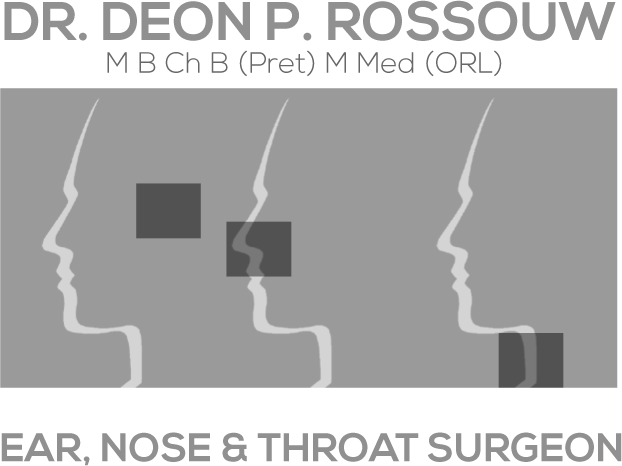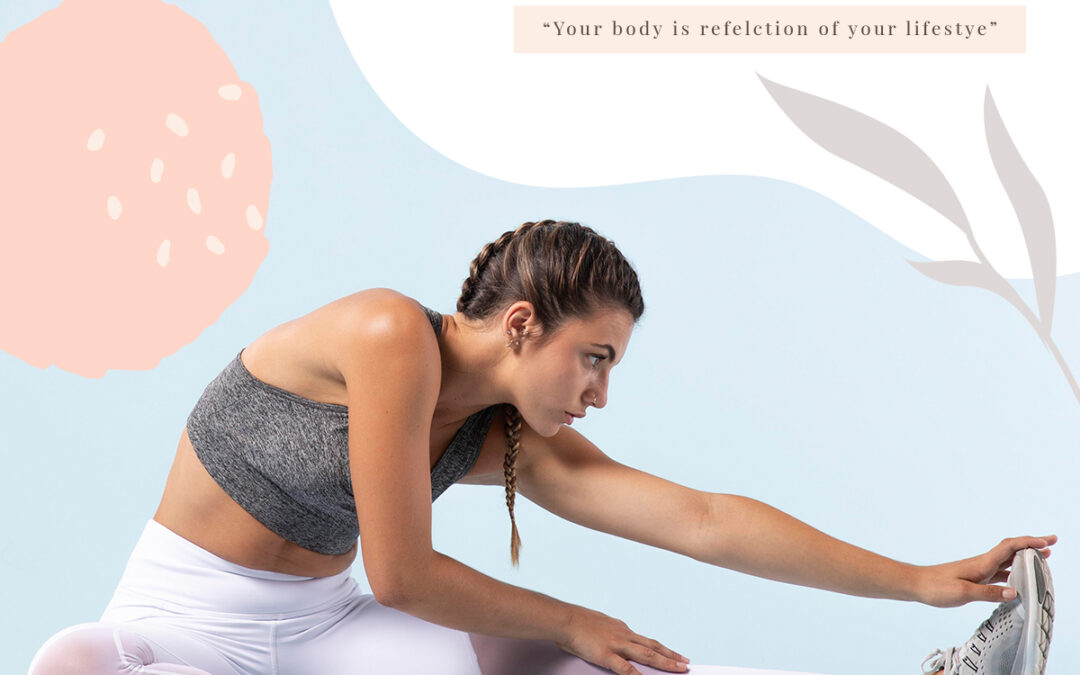EXERCISE
As you might have picked up through some of my other articles, you will be aware that I am a firm believer of regular exercise to facilitate a feeling of general wellbeing and improve health.
I came across an interesting article regarding osteoporosis or the decalcification of bones and how one can improve this condition with certain types of exercises.
Many factors determine bone health, including genetics, nutritional status, exercise activity, macro- and micro nutrient intake, hormonal status, chronic inflammation and other diseases as well as medication usage, especially cortisone on the long term. Bone loading activities during exercise increases bone formation through the activation of certain cells in the bones called the osteocytes. They sense when the bone is being loaded with exercise and increases new bone formation through a hormone that is then secreted, called sclerostin. When the osteocytes sense bone loading activities, sclerostin secretion reduces, allowing the increase of bone formation.
In Canada, in a large trial amongst school children, it was found that school children who engage in moderate to vigorous physical activities, particularly bone loading exercises during the school day compared to those who didn’t, had much stronger bones. In females estrogen is necessary for osteocytes to bring about these effects of the bone loading. This is probably one of the several reasons why athletes lose their periods indicative of low estrogen levels and develop low bone density with an increased risk for fracture, even when they are still at normal weight.
The concern about randomly prescribing bone loading exercises to people with severe osteoporosis would mean that they probably put themselves at risk for fractures just by doing the exercises. To what the extent of bone loading is safe for fragile bones, is difficult to determine, therefore the nature and volume of the exercises, especially in people who already have osteoporosis, should be discussed with the doctor or physical therapist as well as the diet.
What are good and what are bad exercises for bones:
Obviously in patients with osteoporosis, high impact activities such as jumping, running or jogging and bending and twisting activities such as touching one’s toes, golf, tennis and bowling aren’t recommended because they increase the risk for fracture. Even yoga has been proven to increase the risk.
So, what must you do?
Strengthen resisting training is generally believed to be good for bones. Strength training includes activities that include muscle strength and mass. Resistance training builds muscle strength and endurance. Such activities include weight training with free weights or weight machines, use of resistant bands and use of one’s own body to strengthen the major muscle groups such as through push ups, squats and lunges. These can by enlarged be done in a small area and does not need equipment or a gym. In the gym, one can do low impact aerobics, elliptical and stare climbing, non-weight baring activities such as swimming, cycling etc. that don’t put weight on the bones. In older individuals it is also important to do agility exercises in particular because this can help patients not lose their balance and be more sturdy on their feet and therefore avoid falling. Remember, everything in moderation and obviously overtraining leads to weight loss and therefore hormone changes which exacerbates the problem.
A dietician could be involved in ensuring a good balanced diet as well as a physical trainer to determine the exact extent of the training which would be optimal for each individual.
I found the above information very interesting and I trust that you will as well.


Recent Comments